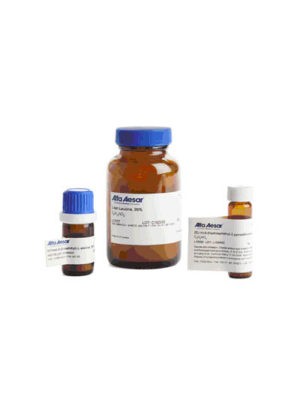Hydrides

Hydrides
Hydride (anion of hydrogen, H-) is a compound of anion of hydrogen with electropositive elements in the periodic table. Four main groups of inorganic hydrides are reported, covalent, ionic, transition metal and metallic hydrides. Ionic hydrides form between alkali and alkaline earth metals of group I and II metals like lithium, sodium and calcium. Transition metal hydrides usually contain complexing ligands. Metallic hydrides or interstitial hydrides are formed by transition metals/lanthanides/actinides.
Inorganic hydrides are used as a source of hydrogen for fuel cell, and also in the metallurgy field. Metal hydrides are used as a potential source of portable and relatively safe hydrogen storage. Some of the popular reducing agents used almost routinely for chemical transformations in industries and research laboratories are metal borohydrides, metal aluminium hydrides, and diisobutylaluminium hyride (DIBAL). Super hydride, lithium triethylborohydride, is a strong and selective reducing agent. These hydrides reduce several functional groups including aldehydes, ketones, alpha,beta-unsaturated carbonyl compounds, imines, nitro compounds, oximes, esters, lactones, amides, and acid anhydrides. Alkali hydrides are widely used in organic synthesis. Alkali earth metal hydrides like calcium hydride are very effective dessicants to remove trace waters from aprotic solvents. Hydride complexes are widely used in a variety of homogeneous and heterogeneous catalysis, for example in hydroformylation and hydrodesulfurization.


